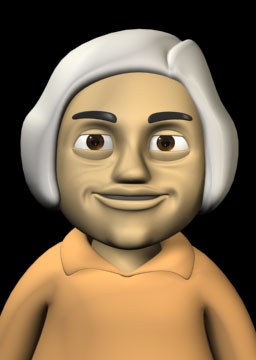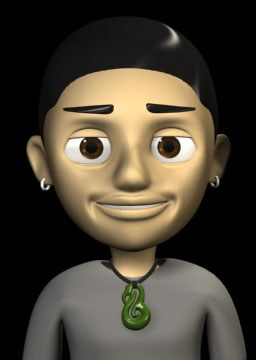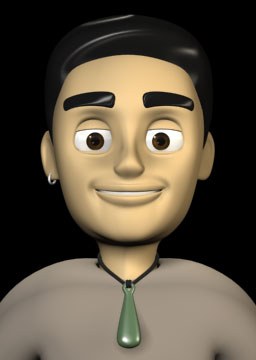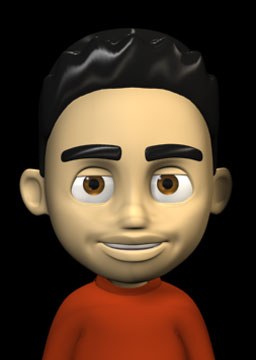Exercise Five
Using ki and i
Ki and i are words that can be used in a variety of ways in Māori. They are often used before the object or goal of a sentence and it is important for you to distinguish which of the two words is used after a particular verb.
When ki is following a verb in a sentence, it usually means ‘to’, ‘towards’ or ‘in the direction of’. The following examples show the use of ki which indicate motion towards an object.
| Kei te haere au ki te toa. | I am going to the shop. |
| I hoki mai a Mere ki tōna kāinga. | Mere returned to her home. |
Ki can be used to show the goal of an action which may not necessarily involve actual motion of the subject, however, it still serves the same purpose as in the above examples.
| I kōrero atu ia ki tōna hoa. | She spoke to her friend. |
| E titiro ana a Mikaere ki ngā wāhine ātaahua. | Michael is looking at the pretty women. |
The above sentences clearly show there is orientation towards the object of the sentence. However, there are some verbs that use ki that are not as obvious and therefore, it is important that you learn which of these words are followed by ki. The following examples use verbs that also take on ki that are not so obvious.
| I pīrangi te tama ki te aihikirīmi. | The boy wanted an icecream. |
| Kei te mōhio au ki a Tama Hudson. | I know Tama Hudson. |
| Kei te tatari rātou ki tō rātou matua. | They are waiting for their father. |
| I kata rātou ki tō rātou hoa. | They laughed at their friend. |
There are also verbs such as kite (to see, find) and mātakitaki (to gaze,watch, inspect) that you might think use ki but, in fact, use the more common word i. Verbs other than those discussed above, and a few others, take i to mark the object or goal of the sentence.
| I rongo ngā tāngata i te kaiwaiata reka. | The people heard the sweet singer. |
| Kei te horoi tōku whaea i te motokā. | My mother is washing the car. |
| I mātakitaki ia i te kēmu tēnehi. | She watched the tennis match. |
| I kai katoa te makimaki i ngā panana. | The monkey ate all the bananas. |
It is also important to note that i is used in a variety of other sentence structures e.g. Nā wai ngā rīhi i horoi? It also has a different use when using statives that you will learn about in future exercises.
Further explanations and exercises: Te Kākano pp. 41-42, Te Kākano Pukapuka Tātaki pp. 26-27
Tuhia te kupu tika hei whakaoti i ngā rerenga kōrero.
Write the correct word to complete the sentences.
Don’t forget to use commas, question marks, and fullstops and macrons where appropriate (ā,ē,ī,ō, and ū).

Kei te ako au

Kei te titiro a Hone

I haere te whānau o Rewa

I waiata a Hariata i te waiata reka

I kite ia

Ka haere mātou

I kata ngā tāngata katoa

Kei te pīrangi a Ani
